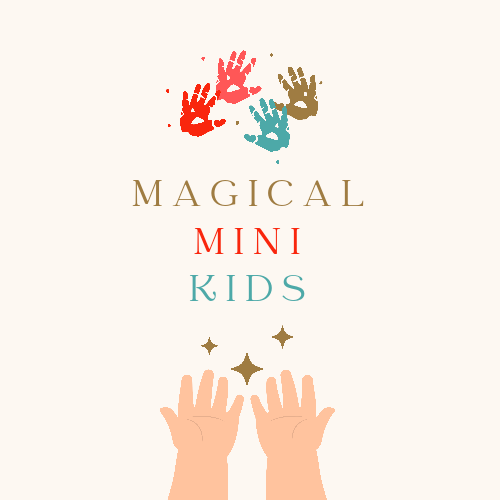Children are naturally curious and creative. From the earliest stages, they explore, experiment, and discover new ideas in unique ways. When we nurture this creativity with open-ended activities and freedom of expression, children gain more than just fun—they build essential life skills.
What Is Creative Freedom for Kids?
Creative freedom means giving children the space to express themselves without strict rules or expected outcomes. Instead of focusing on the “right” way to do things, kids are encouraged to explore their own ideas through play, art, and imagination.
The Benefits of Open-Ended Art Activities
One of the best ways to promote creativity in children is through open-ended art activities. Unlike structured crafts, open-ended art is all about the process—not the product. With no fixed instructions, children choose their materials, colours, and designs, turning art into a journey of discovery.
Key benefits include:
- Problem-solving and critical thinking-experimenting with ideas builds flexible thinking.
- Confidence and self-expression-no “wrong” outcomes mean children feel proud of their work.
- Individuality-each creation reflects a child’s unique imagination and personality.
- Emotional development-art provides an outlet for feelings and encourages self-awareness.
Why Creative Freedom Matters in Childhood
In a results-driven world, it’s easy to focus on outcomes. But childhood creativity thrives when kids are free to explore, take risks, and learn through play. Every painting, collage, or scribble is more than art—it’s a step toward independence, confidence, and lifelong learning.
Final Thoughts
Celebrating creative freedom in childhood is about more than making art—it’s about nurturing curiosity, imagination, and growth. By encouraging open-ended art activities at home or in the classroom, parents and educators can help children build skills that last a lifetime.
